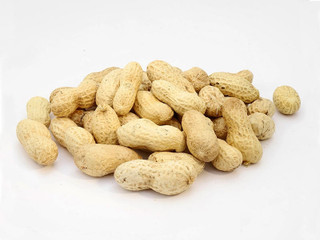The Kennedy Wild Bird Food Guide to the Reed Bunting
The Reed Bunting (scientific name: Emberiza schoeniclusis) is a sparrow-sized bird that has around 240,000 breeding pairs. In this guide, we explore some interesting facts about the Reed Bunting bird, including what this magnificent bird looks like and when you could spot one in your garden.What does the reed bunting look like?
Measuring a length of 13.5 to 15.5cm, Reed Bunting birds have brown and black-streaked backs and possess long tails. When up in the air, the white outer tail feathers of a Reed Bunting bird often show. There are, however, differences in appearance between male and female birds. A male Reed Bunting is more striking in appearance - with its black head and throat, white neck collar and drooping ‘moustache’. In contrast, male birds in winter plumage and Reed Bunting females are more difficult to identify. A Reed Bunting female bird can be spotted with a streaked brown head and more of a streamlined back.
What do reed buntings eat?
During the breeding season, a Reed Bunting bird has an appetite for insects, small snails, and other invertebrates. However, as the colder months arrive, seeds make up a predominant part of the diet of a Reed Bunting bird. During this period, we recommend feeding them our range of peanuts for birds.What does the reed bunting sound like?
Being made up of a series of delightful chirps, a Reed Bunting’s call is definitely a relaxing one. It is the Reed Bunting male that would often choose to perform the Reed Bunting song on a bush or reed-stem. If you want to familiarise yourself with a Reed Bunting call, listen below: Click here to listenThe reed bunting’s nesting habits
A Reed Bunting nest is usually built on the ground and is made up of plant stems, grass, moss and leaves. It is typically the Reed Bunting female that is in charge of building this nest. In terms of the breeding habits of these birds, there are usually two broods per season - sometimes even three. The Reed Bunting female incubates five to six eggs, with help from the male sometimes. However, both the male and female Reed Bunting birds usually play an equal role in feeding the young.Selfless defence mechanism
The reed bunting is an expert in duping predators (at the potential cost of their life). Because their nests are so low, among the vegetation, reed buntings are open prey for many of its predators. What happens is that, if a predator comes near a reed bunting’s nest, an adult reed bunting may feign injury near their nest - this draws the predator away from the precious nest. Very brave! With any luck, reed buntings can usually escape the clutches of its predator.Have you seen a reed bunting in your area?
If you live nearby wet marshland areas, then you’ll have likely spotted a few in their natural habitat. They’re bold, quick, and not too shy. They love rural areas so, if you live in a more built up urban space then you probably won’t spot one. However, if you do, make sure you log it on our Birdspotter map so other bird watchers know where they can spot one!










